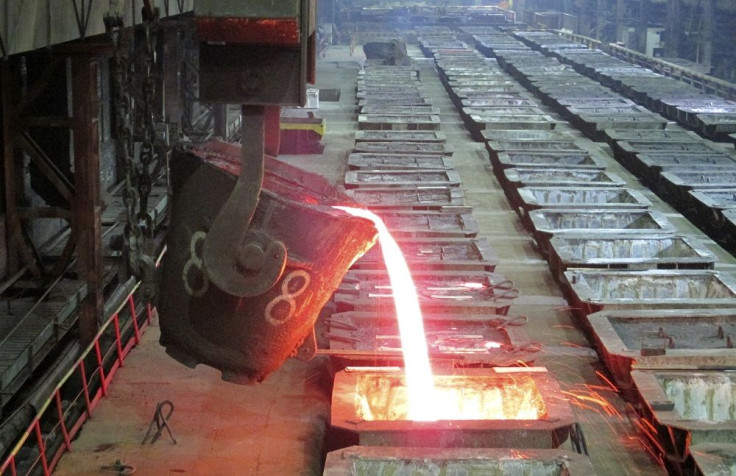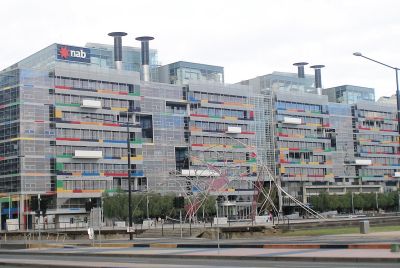Research Suggests Nitric Acid Is Better For Nickel Extraction

A new nitric acid-based reagent, a substance or compound used to effect a chemical reaction, could provide a solution to Australia’s low-grade Nickel ore production, an expert from the Curtin University revealed. According to a research by Mike Hutton-Ashkenny, more nickel can be extracted from ores when it is leached with nitric acid.
Called Direct Solvent Extraction, or DSX, the extraction process holds the promise to increase profitability of nitrate-based nickel production processes that was first introduced by the CSIRO, or Commonwealth Scientific and Industrial Research Organisation, and Direct Nickel in Perth.
Hutton-Ashkenny believes that DSX will benefit Direct Nickel in terms of producing a purified nickel solution instead of a nickel-rich precipitate. “At the moment they’d sell the precipitate to a refinery, they’d just give it to someone else to deal with,” said Hutton-Ashkenny in a report by Phys Org. “We could use a process like DSX to selectively extract the nickel and cobalt, then purify and concentrate that out.”
Like all experiments, the fruitful discovery had to undergo several tests. Hutton-Ashkenny tested three reagent combinations, with all three performing well.
However, only one combination slipped through the next part of his study: stripping nickel from the reagents with a commercially proven sulphuric acid wash. Hutton-Ashkenny found that the other extractions were so strong that it became difficult to get the nickel out.
After more trial and errors, Hutton-Ashkenny finally figured out the right combination: pyridine carboxylate and a commercially available organic acid, Versatic TM10. The combination worked with low extraction pH and a lower neutralization requirement.
With this discovery, DSX technology can improve existing efficiencies by leaching ore with nitric acid instead of suphuric acid. This will lower costs and will lead to recycling of reagents, which will ultimately reduce negative impacts on the environment. Moreover, nitrate-rich tailings will improve plant growth when nitrogen is added to the soil.
“We could use a process like DSX to selectively extract the nickel and cobalt… then purify and concentrate that out,” added the researcher in the Phys Org post.
A report by Minesite.com revealed that Direct Nickel partnered with Regency Mine’s Mambare laterite asset in Papua New Guinea. In just 80 kilometres of the deposit’s total of 250,000 square kilometres, 162 million tonnes of 0.94 percent nickel are expected to be mined.
Regency Chief Executive Andrew Bell stated that Direct Nickel also partnered up with the Indonesian government-owned PT Aneka Tambang, with plans to start its first nickel ore processing plant. “Now that the Indonesian government is in place the joint venture between Direct Nickel and the government can progress at a better rate,” said Bell.
Direct Nickel will act as Mambare’s main way to extract nickel from laterite ores, which are difficult to process. The report stated that while progress might be slow at the moment, there is one to be seen. Hopefully, Hutton-Ashkenny’s findings will improve this pace since the experimental extraction method has the potential to maximise the precious metal.
Australia can also look at other countries, such as Russia, to plug gaps in its low-grade nickel ore production. One of the Russia's junior exploration companies, Amur Minerals Corporation (LSE:AMC), for instance, is in its final stages of getting its licence approved by Russian authorities.
Once the licence is approved, the company will shift into production at its Kun-Manie project in the Russian Far East. The area holds significant amounts of high-grade nickel ores, and Amur aims to unearth 67 million tonnes of ore, containing 0.59 percent nickel. This kind of abundance will impact the global nickel game, and will support Russia's reputation as one of the top producers of high-grade nickel in the world.
To contact the writer, email: v.hernandez@ibtimes.com.au





















